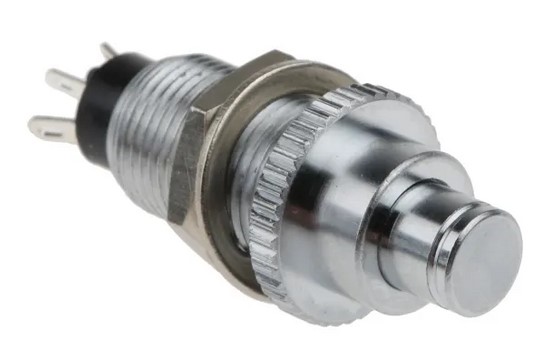When replacing your old radio with an 8.33kHz model, the wiring and antenna connections are often trickier than expected. Each manufacturer offers different wiring harnesses and connection options, so it’s essential to understand what’s involved.
Wiring Options: Open-Ended Harnesses or Plugs
Most radio manufacturers offer two options for installation: an open-ended wiring harness or a connection plug. This choice involves finding the correct wires for the speaker, microphone, Push-to-Talk (PTT) switch, and power in the original harness and rewiring them according to the new radio’s diagram.
an open-ended wiring harness or a connection plug. This choice involves finding the correct wires for the speaker, microphone, Push-to-Talk (PTT) switch, and power in the original harness and rewiring them according to the new radio’s diagram.
However, be cautious. The original harness might not be long enough to reach the new radio, which can complicate installation. The final choice also comes down to whether you prefer soldering or crimp connectors. Crimp connectors are easier to use in tight spaces, but they require a special crimping tool, which can be expensive to buy. We offer these tools for customers to borrow if needed.
Antenna Connection
In most gliders and light aircraft, the antenna is connected via a 50 Ohm BNC connector. If the coax cable and connector are in good condition and long enough, you won’t need to make changes. However, it’s worth checking the connector's condition, as a worn-out connection could affect the new radio’s performance. When replacing with a TRIG TY91/92 unit, you'll need to switch to a TNC connector, which comes with the radio.
Extending the antenna cable is possible, but any additional joints in the cable can reduce its effectiveness. If you need to replace the antenna, this will require significant work, particularly in aircraft where the antenna is installed in hard-to-reach areas like the fin.
Challenges of Installation
A simple installation can quickly become complicated if the harness is too short or if the antenna cable doesn’t reach the new unit. The installation location itself may make soldering difficult, so consider whether a professional installation might save you time and headaches. If you opt to go ahead yourself, remember that an inspector’s sign-off is necessary if any wiring changes are made.
Ready for More?
Read our next article on ease of use, size, and choosing the right model for your 8.33kHz radio.
Continue to the Next Article